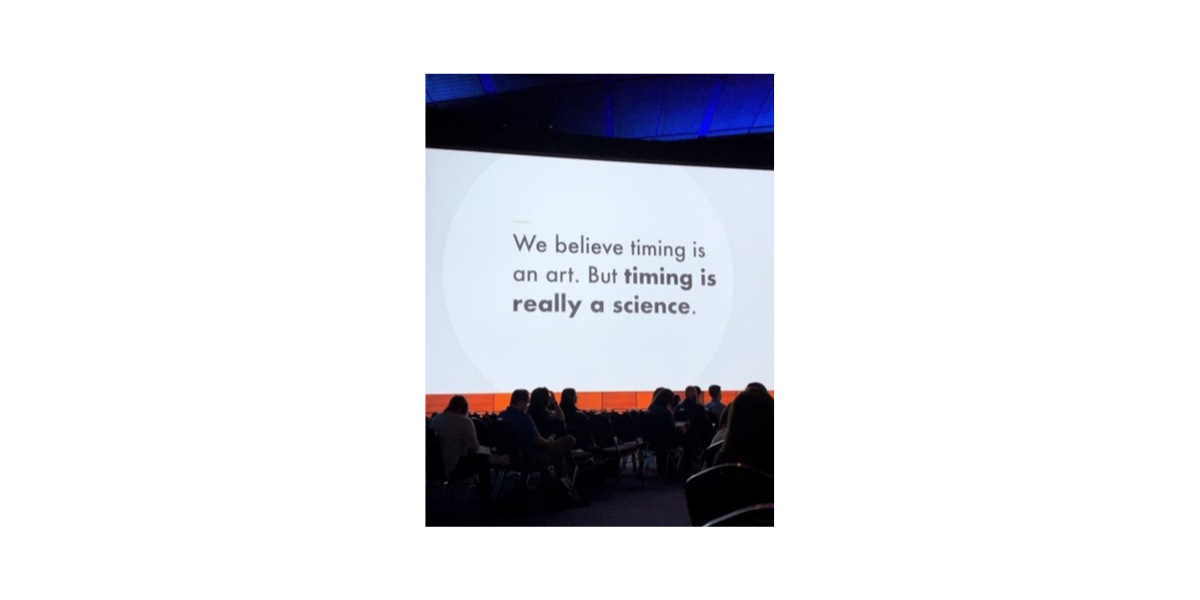Larks. Owls. Third birds. Which one are you?
Believe it or not, “morning people” and “night owls” are real and knowing which one you are could potentially streamline your entire to do list. When we understand our own chronotype and match it to the pattern of the day, we can do the right tasks at the right time.
Turns out, timing is more of a science than an art.
According to Dan Pink, author of When: The Scientific Secrets of Perfect Timing, there’s a scientific formula to discovering your own chronotype. But how does it relate to our days in the office?
While design, space, and technology are all instrumental in forming company culture, the individuals of your organization also play a major part of that equation. As obvious as that may seem, people’s innate characteristics are often ignored in the workplace. Let’s think about that.
It’s a Bird, It’s a Plane, It’s…
When you get up in the morning, are you more inclined to sing along with the birds or hit the snooze button? Your sleeping schedule on a free day determines what type of bird you are. To find out if you’re a lark, owl, or third bird, you’ll need to calculate the midpoint of sleep between the time you go to bed and the time you wake up on a free day:
Lark = Before 3:30 am
Owl = After 5:30 am
Third bird = Other
If I go to bed at midnight and wake up at 8 am on a free day, my midpoint of sleep is 4 am. In other words, I’m a third bird since that time doesn’t correspond with larks or owls. Only 15% of us are larks, 20% owls, and most of us are third birds.
When we understand our own chronotype and match it to the pattern of the day, we can do the right tasks at the right time.
Big Data Is a Big Mood
Numerous studies have proven a consistent pattern of mood and performance during the day, regardless of chronotype.
For example, a study from Cornell University revealed a peak, trough, and recovery pattern based on an evaluation of 500 million tweets from 2.4 million users across 84 countries plotted against time. Through its Linguistic Inventory Word Count (LIWC) system, Cornell measured the emotional content of the words and plotted them against time, which showed how positive mood rose in the beginning, dipped in the middle, and recovered in the end.
This data shows us that people usually peak during the morning, go through a slump in the afternoon, and then recover during the evening. However, our chronotype tell us that people experience these patterns of day at different points. If you’re an owl, for example, you might experience the peak, trough, and recovery pattern at 11 am compared to a lark’s peak time at 9 am.
Timing Tasks at Work
The key is to understand your own pattern, match it to the pattern of the day, then perform tasks accordingly. These are tasks all owls, larks, and third birds should complete during their own peak, trough, and recovery time:
Peak: This will be your most vigilant and focused part of the day. Try to do as much heads down work as possible during this distraction-free time, including writing or analyzing financial statements and reports.
Trough: This is everyone’s weakest performance period. Save your administrative work for this time, such as sifting through emails or creating expense reports.
Recovery: As you start to feel your mood elevating, you’ll enter the recovery phase of your day. Even though our mood has risen, we’re still not as vigilant as we were at the beginning of our day. This time period is best for creative and insight tasks, such as brainstorming.
Where Do I Go From Here?
When I heard Dan Pink discuss the science behind timing at INBOUND 2019 to a room full of marketers, I couldn’t help but think how applicable this information is to Red Thread’s audience. Whether you’re a C-level executive, facilities manager, or an HR director, you all have a common goal to increase your employee’s engagement levels and overall productivity through design, space, and technology—but you can’t forget about people, too.
Next time you’re planning a meeting, don’t just see who has time available on their calendar. Be strategic about when you’d like to meet depending on your own chronotype and those you are meeting with.
Learn more from Dan Pink in his talk on the Secret of Perfect Timing, here.







